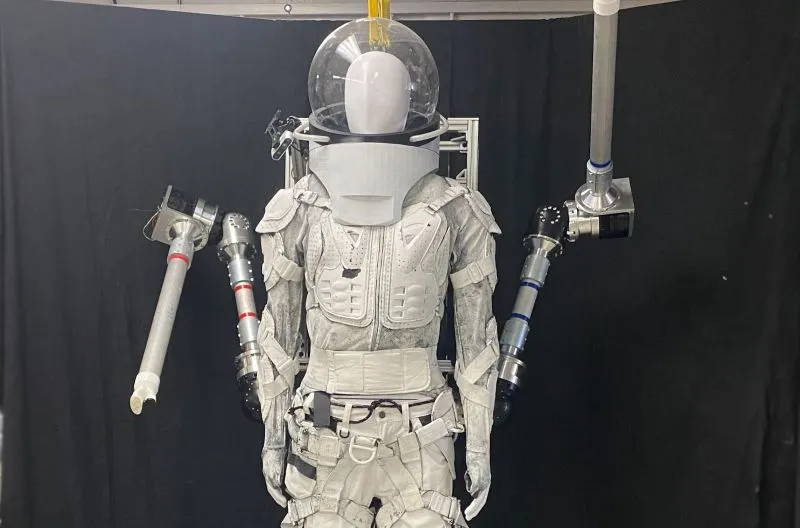SuperLimbs: The Future of Astronaut Safety and Mobility

SuperLimbs: A Game Changer for Astronauts
As humanity prepares for a return to the lunar surface through the Artemis program, revolutionary technologies are emerging to ensure astronaut safety. SuperLimbs, developed by researchers at MIT, provide a crucial solution for helping astronauts recover from falls.
The Need for Innovation
With plans for long-duration lunar missions, astronauts must perform complex tasks in the moon's low gravity. SuperLimbs aim to mitigate the risks associated with falls, which have historically plagued lunar exploration.
Design and Functionality of SuperLimbs
The wearable robotic limbs can be deployed from a backpack, giving astronauts an extra set of limbs to stabilize themselves after falling. Harry Asada, the MIT professor responsible for the innovation, has tailored these limbs for the harsh conditions of the moon.
Testing and Future Development
SuperLimbs have been previously tested in other industries and are undergoing final modifications for use in space. Erik Ballesteros, an MIT doctoral student, believes that by January, the SuperLimbs will be ready for preliminary demonstrations, paving the way for human testing.
The Impact on Space Exploration
If effective, these limbs could redefine how astronauts interact with their environment, enabling them to engage in tasks like excavation and sample handling more efficiently while minimizing energy expenditure.
Conclusion: Shaping the Future of Space Travel
As moon missions expand, SuperLimbs represent a significant advancement in astronaut technology, promising to enhance both safety and performance during critical tasks. This innovation could usher in a new era of space exploration.
This article was prepared using information from open sources in accordance with the principles of Ethical Policy. The editorial team is not responsible for absolute accuracy, as it relies on data from the sources referenced.